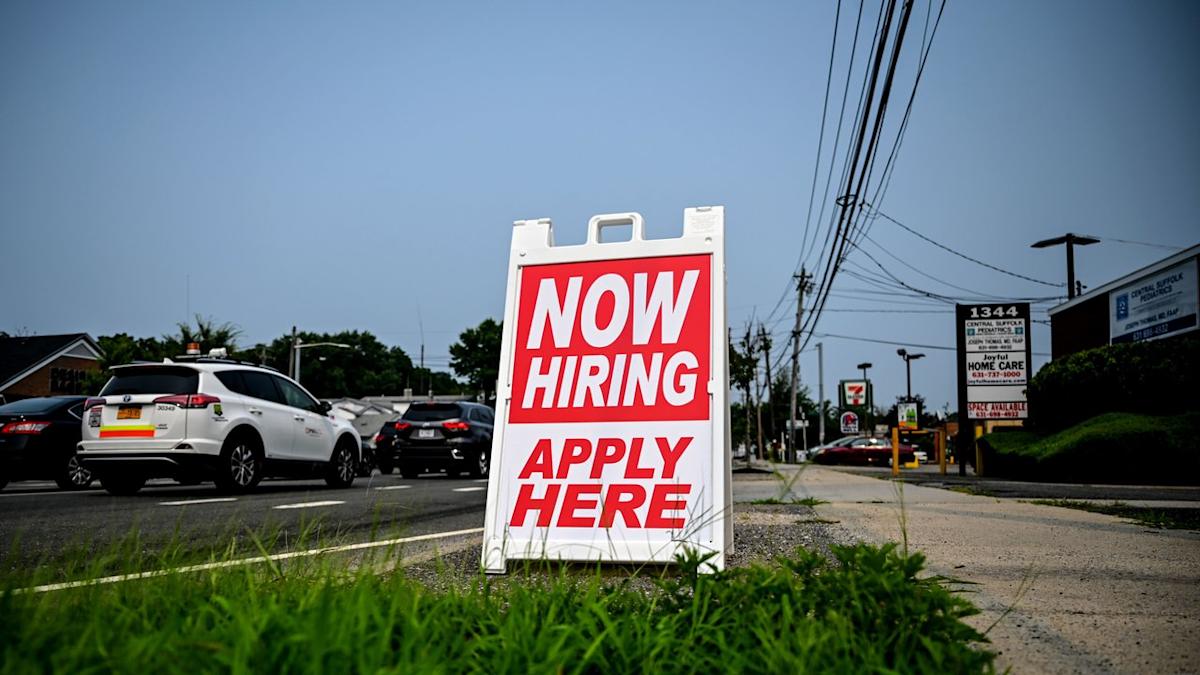Companies shed 32,000 jobs last month, according to data from payroll processor ADP, marking the biggest private sector decline in two-and-a-half years — and yet another warning sign that the labor market is losing steam.
The data comes in stark contrast to expectations of economists surveyed by Dow Jones, who had forecast an increase of 45,000. The private sector has not suffered such a big slide since March 2023.
ADP’s data has taken on far more significance for policymakers this week. The Bureau of Labor Statistics’ (BLS) nonfarm payrolls report is the usual barometer of the jobs market — but the funding impasse in Washington, D.C. means it will not be released on Friday as planned, as things stand.
Meanwhile, a revision for the August payrolls figure means it stands at a loss of 3,000, from initial reports of a 54,000 increase.
“Despite the strong economic growth we saw in the second quarter, this month’s release further validates what we’ve been seeing in the labor market, that U.S. employers have been cautious with hiring,” said ADP chief economist Nela Richardson.
The Fed cut interest rates last month partly in response to weakness in the job market. Officials will be looking closely for further signs of a cooldown.
Job losses spread across industries including leisure and hospitality, business services, and finance. Sectors like construction and manufacturing also declined. One of the few areas that added headcount was in education and health services.
Year-on-year pay for people who stayed in their current jobs grew 4.5%, compared to 4.4% in August. For those who changed jobs, there was a 6.6% September bump, down from a 7.1% increase the previous month.
UBS chief economist Paul Donovan said that private sector data is a “poor substitute,” for government data. “Private data is like viewing the economy through a keyhole – clear, but with a narrow field of vision,” he said.
“Official data is like opening the door. Private data relies on official data to model the bits of the economy outside its field of vision, and that modeling becomes less accurate in the absence of official data.”
To add to the confusion at the BLS, President Donald Trump pulled his nominee to lead it, weeks after firing the previous chief. Now, with just one employee working at the agency amid the government shutdown – deputy commissioner William Wiatrowski – investors and policymakers will need to place more weight on datasets like those of the ADP.

